Do the Rewards Equal Your Efforts?Everything you do has an equal return. Every thought you have, every word you speak and every action you take will result in a reaction. You have control only over that which you think, say or do. You cannot control anyone else or the results of what they do. Yoga teaches us to practice observing our thoughts, words and actions and becoming aware of the intention behind each. If the intention is to make yourself look good, hurt someone else or to improve your life alone, then Karma results. I like to imagine Karma as a small seed. One is not a big deal, but a bag, bushel or box of seeds can get very heavy. The more Karma seeds you create, the heavier they get. Discovering DharmaThroughout your life you have stitched together various activities, people, and experiences that all have something in common. Reflect upon the work you have chosen to do, the places you have spent time, the topics that you have studied and the people to whom you have become close. Can you identify the common thread? That to which we are drawn is most often our Dharma; our life's duty. Once you begin observing and reflecting you may be able to see the common thread throughout your life. You may even notice that it is something for which you feel passionate. In addition, it is something that effects more than just you. Typically, it is something that you are able to do that makes life better for others. Can you identify your Dharma? Receiving GuidanceBefore, throughout, or to close any Yoga class, your teacher will offer some guidance in discovering your Dharma. Knowing what to look for is the first step toward identifying your life's work. The Dharmic Topic of the day will give you something upon which to focus as you move through asana. A good instructor will weave this theme throughout the class. While you move, he or she will guide you in considering the theme. While practicing, you may make connections to how you are feeling physically, energetically, or emotionally. Consider the Dharmic Focus of Divinity. Your teacher may suggest that you consider the idea of recognizing divinity in all things, including other people, even those with whom you do not get along. While you move through asana, rather than getting lost in mindless chatter, perhaps you will begin to think about those who have wronged you; people with whom you are frustrated or angry. Perhaps you will begin to see that their divinity is blocked by their actions. Next, you may begin to reflect on how your behaviors may make it difficult for others to see the divinity within you. As you continue to practice, observe and reflect, you may begin to bettter understand yourself and, thus, see your Dharma. Remaining on the Path of DharmaUpon identifying your Dharma, the next step is to continue to do your life's work without over-doing it. Yoga is a practice of balance; we must always be seeking Sattva (harmony). Just because you finally know what to does not mean it is time to become forceful. Your eyes have been opened and you know what to look for. Opportunities to practice Dharma will present themselves as appropriate.
While you practice observing and reflecting, it helps to have some guidance. Gathering useful knowledge about Dharma can help. We recommend attending practices that include a Dharmic Focus. On your own, you can read books that provide such focus. One of our favorites is Meditations from the Mat by Rolf Gates. You may also choose to book a Private Session during which we can focus on exploring the common thread within your life. Contact us to begin the process.
0 Comments
One of my favorite quotes is "Yoga is not just a work-out, it's a work-in." Something amazing happens when you begin working on something new. Whether it's skiing, playing piano, painting or Yoga; you can feel that rush that comes as you begin to develop the skills necessary to accomplish the activity. In yoga, we refer to this as Tapas. It's zeal, energy, the desire to continue. Working OutHatha Yoga begins as a practice with physical focus. We learn to direct the movement of our bodies, breath, internal functions and Prana through effort. Fitness activities such as HIIT, running, Crossfit, cycling, acrobatics, etc. can help us to develop strength, mobility and physical ability. They do not qualify as Yoga practices, but do align with the idea behind Asana (postures). The more we move our bodies, the better we understand them and more control we have over them. Beyond these work outs are the practices of Yoga that encourage wellness within. Pranayama (intentional breathing techniques), Satkarma (purifying techniques) and Bandha (pranic movement) are just a few of the practices that cleanse the physical body. Combining the techniques of physical fitness (work outs) and Hatha Yoga can bring about general physical health and wellness. Working InAs we keep working, practicing, and learning more, Tapas can begin to fade. Our workouts become less enjoyable, the task becomes more challenging. Our interest decreases or we become bored with the repetition. When this happens, we can become frustrated because it doesn’t feel as exciting as it did when we first began. We want to be better, to feel what we felt. We want to access what we had before or quickly become adept at something new. The challenge becomes greater and the work more difficult. This is the point in our practice when it's time to return to Svadhyaya or self-study. Refect upon where you began and how you used to feel. Consider that which has changed about your physical body. What feels different? What do you wish to continue to change? In doing so, you begin shifting your practice from simply being about the workout and, now, being about working-in. Stick With ItYoga can be tricky. It offers us great gains, growth, and wellness. Each of us has the ability to maintain and move forward on our paths. However, as these tangible, physical rewards seem to decrease, the challenges begin. We must learn to honor our limitations, push ourselves further and work-in.
Be an observer of your self. Notice the subtle changes in your appearance, wellness, thoughts and general outlook on life. Stick with the practice and you will soon be practicing Yoga everywhere. As you do so, you will continue to reveal your Self. "You don't get what you don't ask for." "Ask and ye shall receive." "You can't always get what you want." We've heard these sayings a million times but, how often do we consider these themes when it comes to our own lives? More often than not I find myself either accepting that which is available or acting as the skeptic and analyzing everything. Why not just ask? Ask for what you want. Yoga has become a world-wide commercialized activity. People are making millions selling Yoga. Do they really know what they are selling? Do you really know what you are buying? Why not take the time to search your self for knowledge and to dig it out of your teacher? Believe me, I don't have all of the answers. Together, however, we may be able to shed some light into the darkness of our knowledge of Yoga. Don't ever be afraid to ask your teacher when a question arises during your practice. It's the best way to evaluate if you really are getting "half of what you want and half of what you need" (Amy Pearce-Hayden).
|
Archives
February 2023
Categories
All
|
© Lake Tahoe Yoga LTD 2020
Lake Tahoe Yoga Studio, School & Retreats
Discover Your Self ™
Zephyr Cove, NV, 89448
(775)580-7224
Design, Graphics and Photos by Jenay
Except as permitted by the copyright law applicable to you, you may not reproduce or communicate any of the content on this website, including files downloadable from this website, without the permission of the copyright owner.
The US Copyright Act allows certain uses of content from the internet without the copyright owner’s permission. This includes uses by educational institutions and by Commonwealth and State governments, provided fair compensation is paid. For more information, see https://www.copyright.gov/title17/title17.pdf.
The owners of copyright in the content on this website may receive compensation for the use of their content by educational institutions and governments, including from licensing schemes managed by Copyright Agency.
We may change these terms of use from time to time. Check before re-using any content from this website.
Lake Tahoe Yoga Studio, School & Retreats
Discover Your Self ™
Zephyr Cove, NV, 89448
(775)580-7224
Design, Graphics and Photos by Jenay
Except as permitted by the copyright law applicable to you, you may not reproduce or communicate any of the content on this website, including files downloadable from this website, without the permission of the copyright owner.
The US Copyright Act allows certain uses of content from the internet without the copyright owner’s permission. This includes uses by educational institutions and by Commonwealth and State governments, provided fair compensation is paid. For more information, see https://www.copyright.gov/title17/title17.pdf.
The owners of copyright in the content on this website may receive compensation for the use of their content by educational institutions and governments, including from licensing schemes managed by Copyright Agency.
We may change these terms of use from time to time. Check before re-using any content from this website.
Lake Tahoe Yoga. Tahoe's premier Yoga studio offering classes, private sessions, paddle yoga. beach yoga, baby and me, prenatal, alignment, vinyasa, athletic, workout, fitness, stillwater, Mindbody, teacher training, Yoga alliance, yoga therapy, bachelorette party, yoga instruction, om, aum, classes, fitness, wellness, active, exercise, athlete, stretch, flexibility, balance, mindful, meditation, restoration, yin, nidra, relaxation, breathing, pranayama, yoga sutra, yamas, niyamas, satya, ahimsa, brahmacharya, ishvara pranidhana, avidya, asteya, tapas, svadhyaya, jnana, aparigraha, wellness, outdoor yoga, corporate yoga, mountain pose, downward dog, asana, practice, tantra, hatha, raja, rajahatha, workshop, yoga workshop, vacation, ayurveda, pitta, vata, kapha, yoga om, omni, yoga shala, yoga for health, accessible yoga, partner yoga, yoga for athletes, yoga for fitness, flexibility, health, wellness, mindfulness, private yoga teacher, private yoga classes, private yoga instruction, downward dog, yoga streches, yoga for kids, yoga Tahoe, south lake Tahoe yoga, south Tahoe yoga, yoga south Tahoe, class pass, wedding yoga, senior yoga, healing, healthcare, yoga near me

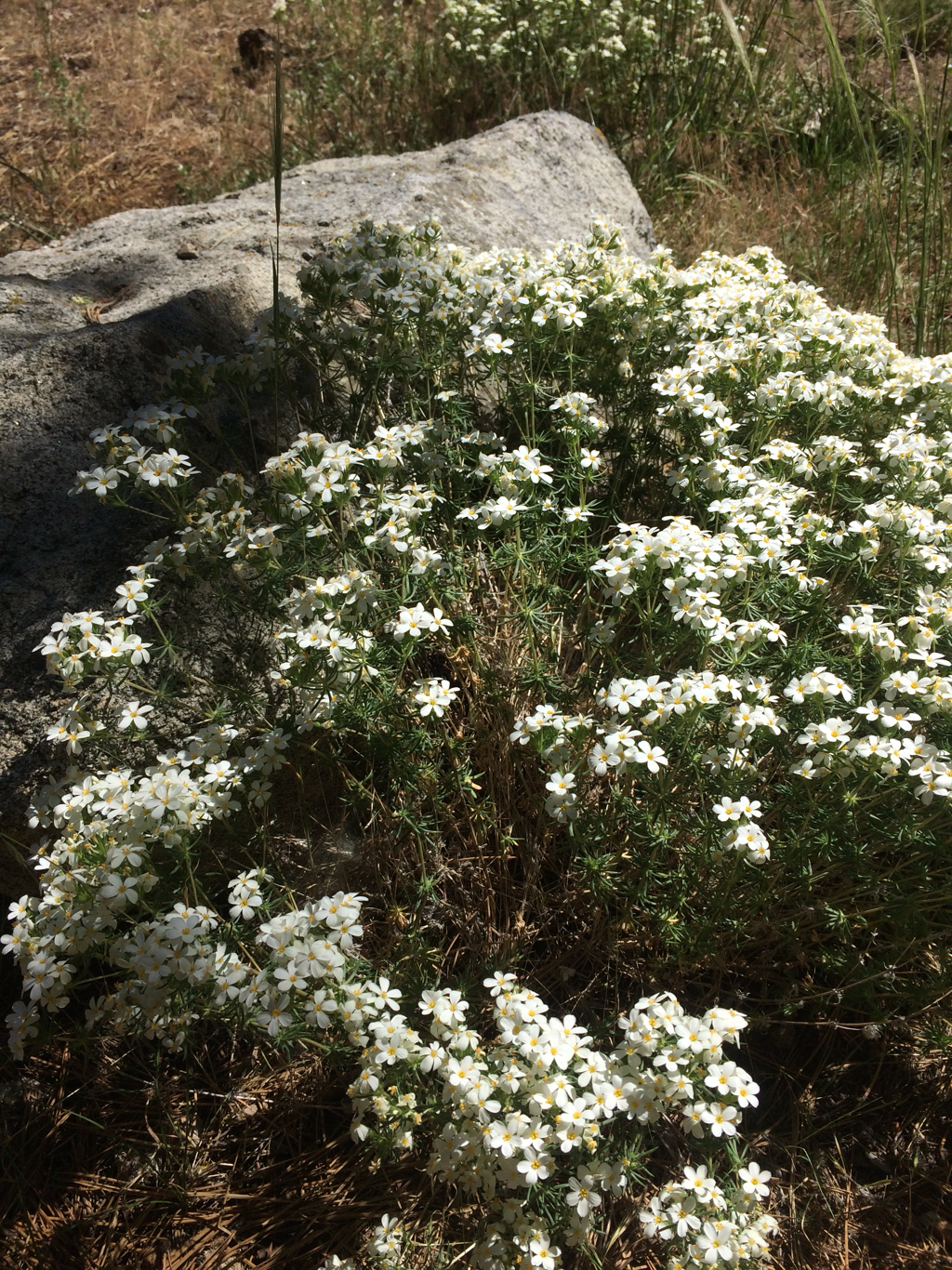
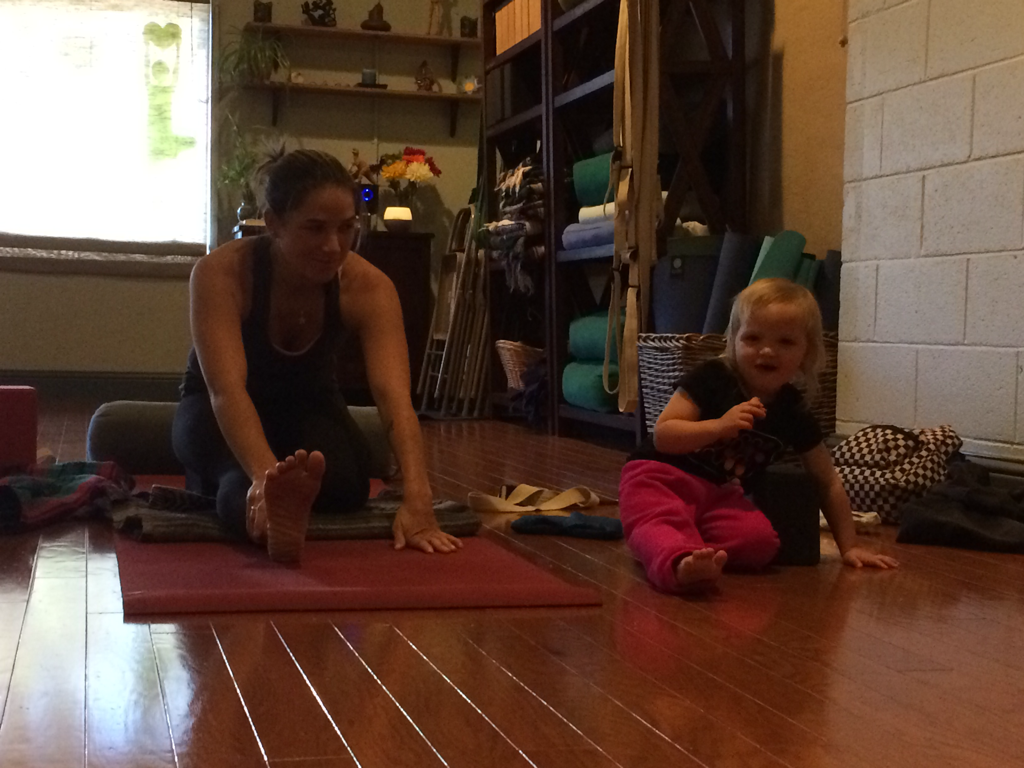
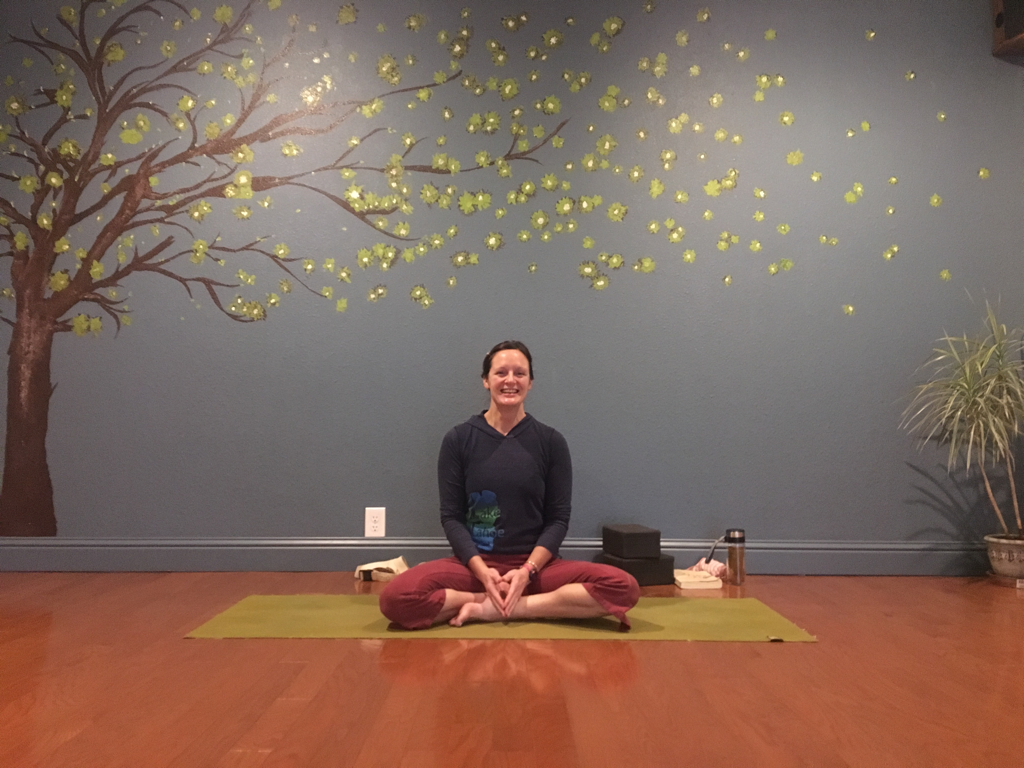

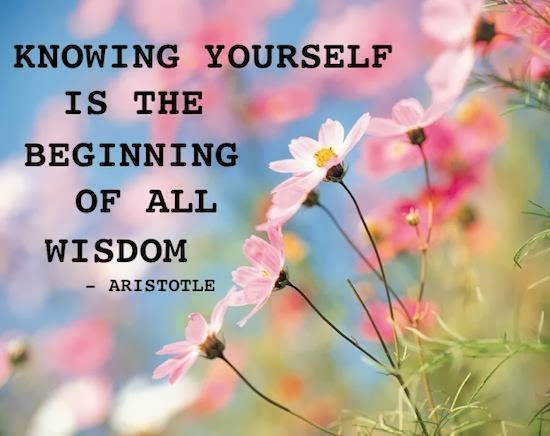
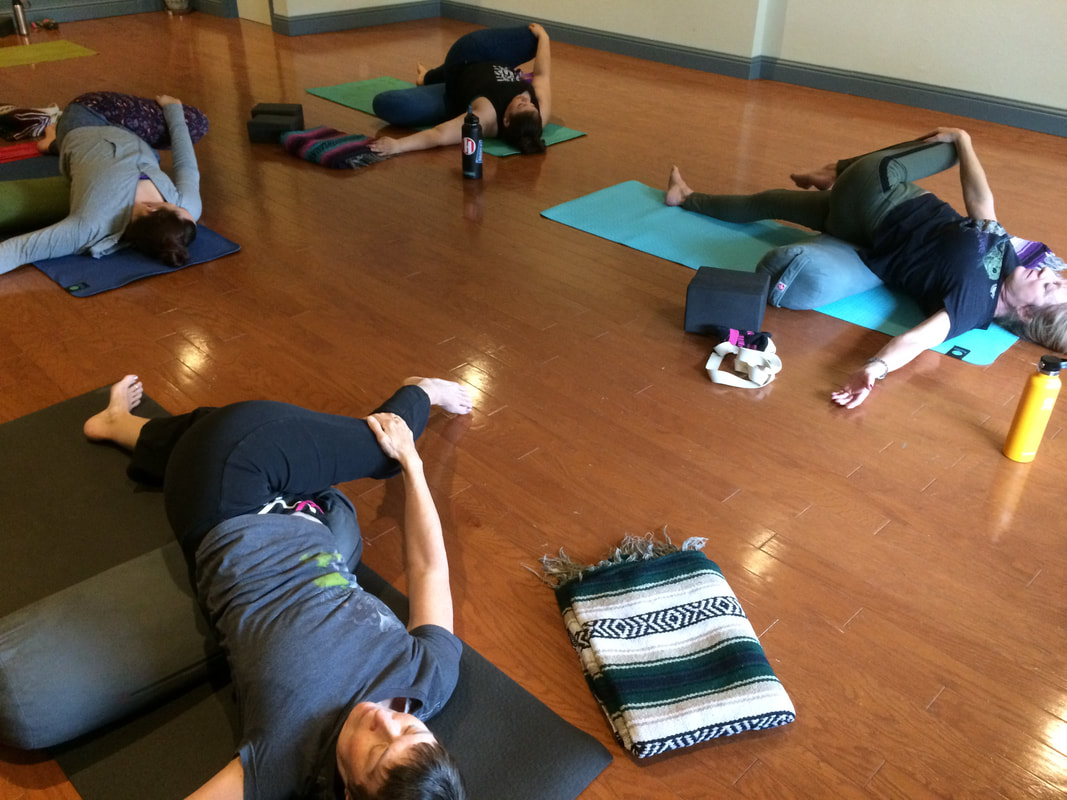
 RSS Feed
RSS Feed